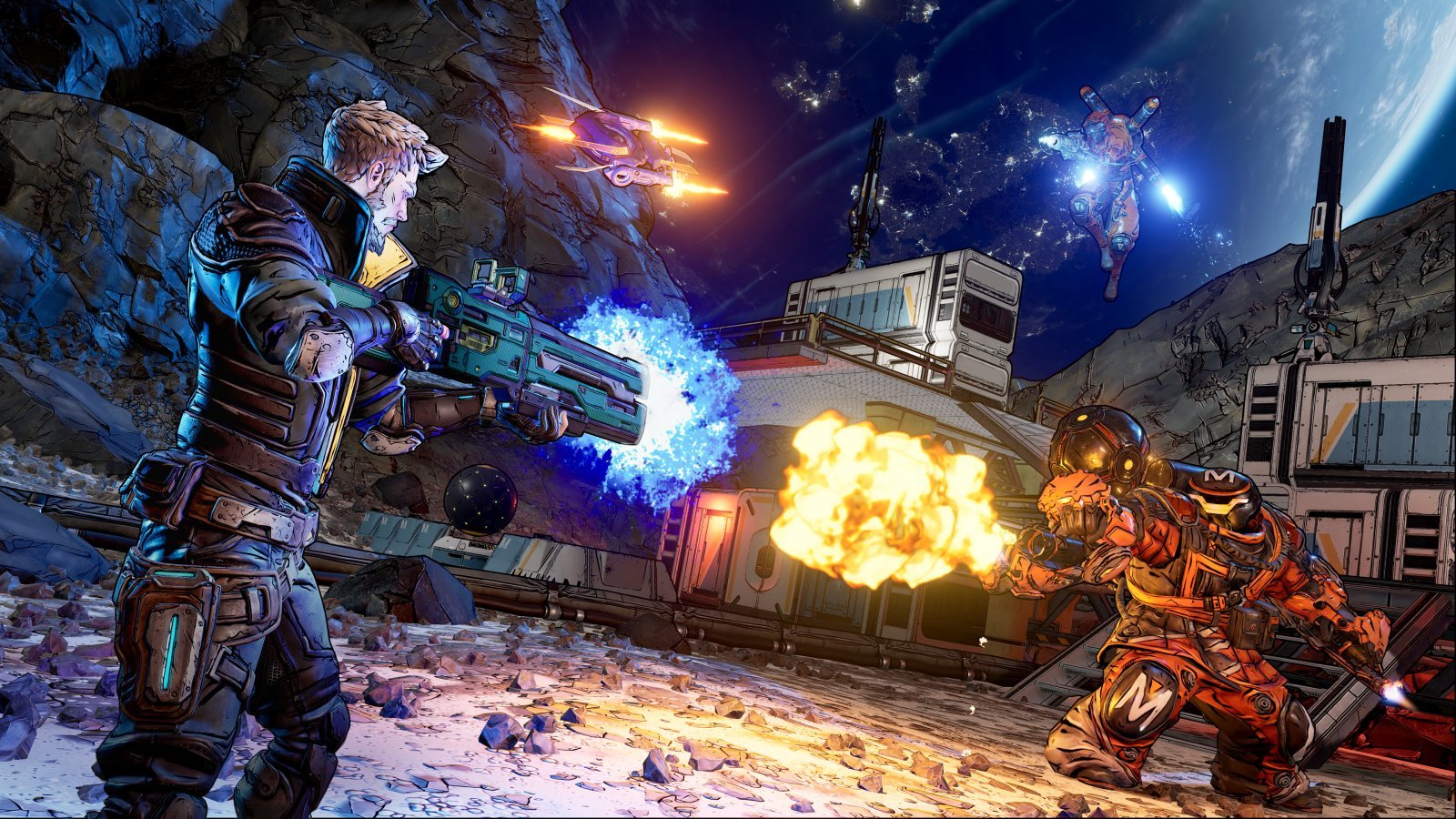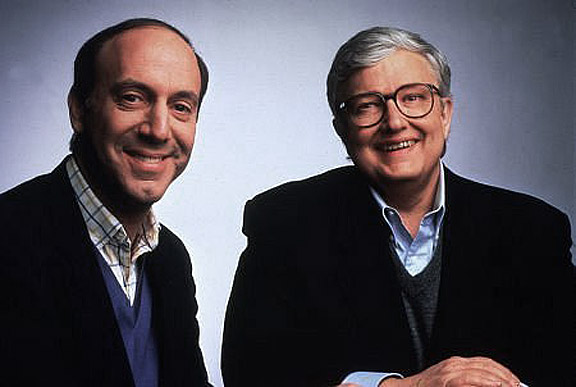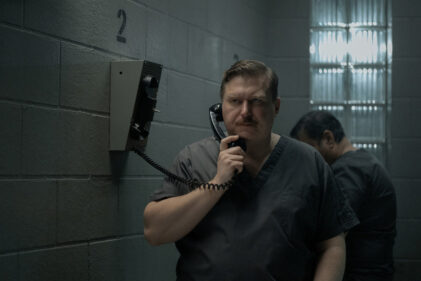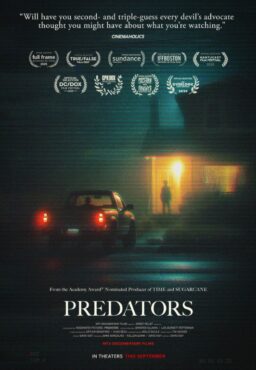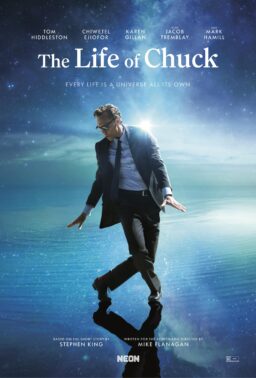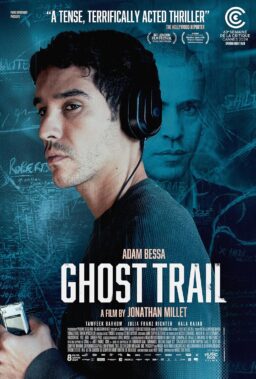At RogerEbert.com, we’ve tried to illustrate the common tools used by video game developers and filmmakers. Games like “Uncharted” and “Tomb Raider” owe a great deal to the same source material that Steven Spielberg used when he made the Indiana Jones films, for example. There entire libraries of sci-fi video games inspired by the “Alien” movies. And, of course, there are times in which video game and cinematic franchises influence and riff on each other such as in the “Resident Evil” series. Every once in a while, a game comes along that doesn’t fit so snugly into this coverage but that we feel like you should know about. 2K Games’ beloved “Borderlands” series, which just released its third installment (not including the spin-off “The Pre-Sequel”) last week, has a playful sensibility that recalls certain authors (Douglas Adams of The Hitchhiker’s Guide to the Galaxy, for sure) and filmmakers, but it’s also something that very distinctly taps a nerve that can’t be hit with non-interactive fiction—that desire for chaos and power that comes in shooter games that keep amplifying the intensity as they give you new toys with which to play.
The “Borderlands” games are designed to be played cooperatively with friends online but can also be just as easily played solo (be warned that a few boss battles in this edition feel distinctly harder if you don’t have allies or the patience to grind). Like a lot of role-playing games, the sense of customization is strong throughout the experience from the weapons you take into battle to the skills you unlock through combat to even the physical design of your character. It’s a game that wants you to feel like your character is distinctly yours and with the hundreds of choices that can be made throughout an experience that takes dozens of hours, the promise that your “Borderlands 3” game is unique feels genuine here.

You start by choosing one of four classes—Amara the Siren, Moze the Gunner, Zane the Operative, and a robot named FL4K who is a Beastmaster. Each class then has skill trees of unique powers that can be unlocked and equipped as you level up. The characters may be new, but the basic design and gameplay of “Borderlands 3” is incredibly similar to “Borderlands 2,” to such a degree that I was disappointed for the first few hours, sometimes feeling like I was just playing new downloadable content (also known as DLC) for a seven-year-old game. In film or gaming, no one wants to think like a sequel is just repeating the most popular beats from its predecessor, and there’s a sense that the developers behind this game didn’t really do much to change the foundation that made the last title such a success. One could argue that this was actually smart on their part given how much gamers loved “Borderlands 2,” and there’s so much joy in just the non-stop action of these games that it seems a bit silly to complain about this one not breaking new ground. However, if “Borderlands 4” is exactly the same thing again? Expect louder complaints.
So what’s it about? At its core, the “Borderlands” series is about vault hunters, beings looking for rumored hidden chambers filled with rare loot. You complete missions and try to find new weapons, shields, mods, and other tech to improve your character. It’s a constant push-and-pull that keeps you playing for hours because each mission ends with you feeling a little more powerful and eager to do another mission to use that power. “Borderlands 3” takes vault hunting to new planets and introduces players to new villains named Troy and Tyreen Calypso, leaders of enemies called the Children of the Vault. You work with Lilith and meet other well-known characters from the franchise like Moxxi, Zero, Hammerlock, Maya and more with the Crimson Raiders, the Resistance to stop the Calypsos.

“Borderlands 3” is designed almost like a major Marvel tentpole film—it’s not going to win over detractors and it’s clearly built for the fans more than anything else. The gameplay, graphics, and even the sense of humor are nearly identical to “Borderlands 2.” However, if you asked those of us who loved that game if we wanted another 50-60 hours of it, the answer would be yes. It raises the question of what one should expect from a sequel in any format—film or television. Sequels that shift from what fans want and know from a series (like “Star Wars: The Last Jedi”) are often met with criticism for “betraying” a franchise. There’s a part of us that wants “more of the same,” and I would argue this is even more prevalent in gaming than other mediums. When games franchises stray too far from what made them a hit in the first place, fans jump ship.
And the sense that this was only DLC did fade for me after about ten hours, as the expanding narrative of “Borderlands 3” takes you to other planets, allowing for new worlds and characters. The elements of “Borderlands 2” may all be here, but they’re more refined once you get into the heart of the game and master the gameplay. These games are as addictive as any of the modern era and promised DLC for this one should keep people playing it through at least 2020. This game definitely reminded me why I love “Borderlands,” and, for us, chaos reigns.

